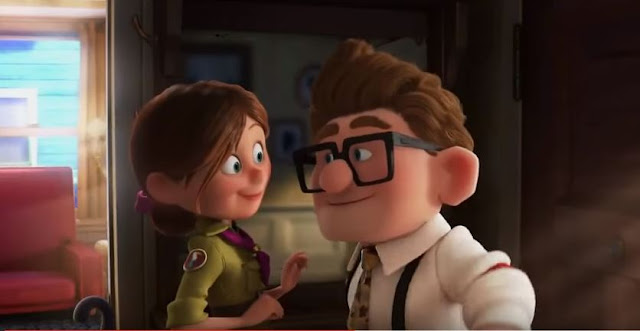Pose to Pose (Blocking)
This animation uses a method called blocking which is created using the principle pose to pose. This technique involves planning out animation using strong poses that convey each scene. Pose to pose is the more popular and industry standard of animation. The positives of pose to pose are it is more flexible and is easy to change. It also allows stronger timing and pacing, overall it is more efficient and allows more control. However sometimes pose to pose when executed incorrectly can lead to stiff and unappealing motion.
This animation uses blocking to allow a base for the story and movement. The character jumps over a wall and lands. To get the effect of blocking stepped tangents were used. Overall the animation is basic but the poses tell the story.
Straight Ahead
Straight ahead animation involves starting from the beginning and adding a pose to every frame. In stop motion only straight ahead is used, this means that the animation and story have to be planned out in great detail in advance. This also means that everything including secondary and tertiary actions also have to be animated on each frame. Straight ahead allows alot more creative and bizarre happy accidents that can compliment the animation, however if not planned out it can be frustrating to correct errors which can been in this animation.
Overall this animation came out better than expected, the story became a robot falling in love and trying to kiss a girl robot. The animation uses arcs to show feelings of love and embarrassment, however it was not very well planned and lacks timing. On the hand it created some spontaneous motion that might not have happened when using pose to pose.
The beginning uses exaggeration when the jaw drops off in awe of the girl, As he stands up it shows he is in love with her, the arcs as he moves forward reflect this as though he is lighter. The girl robot was added as staging to get the point across. When he loses his mouth he moves back in embarrassment then leans over to kiss her.
The story and premise of this idea seems interesting, this experiment sparked an idea that could be implemented into pose to pose. the animation is rough and needs work but it was a good experiment.







